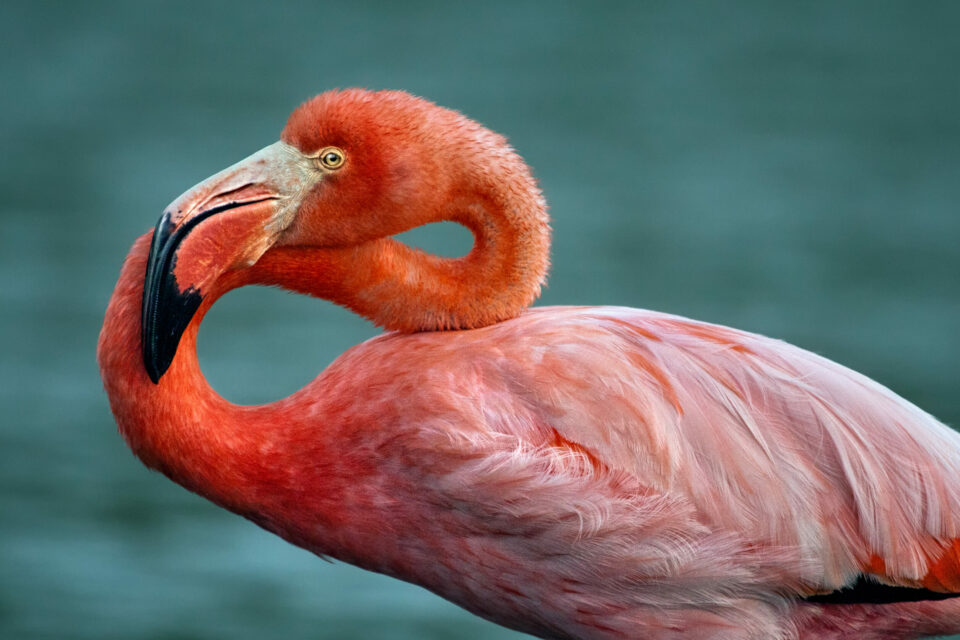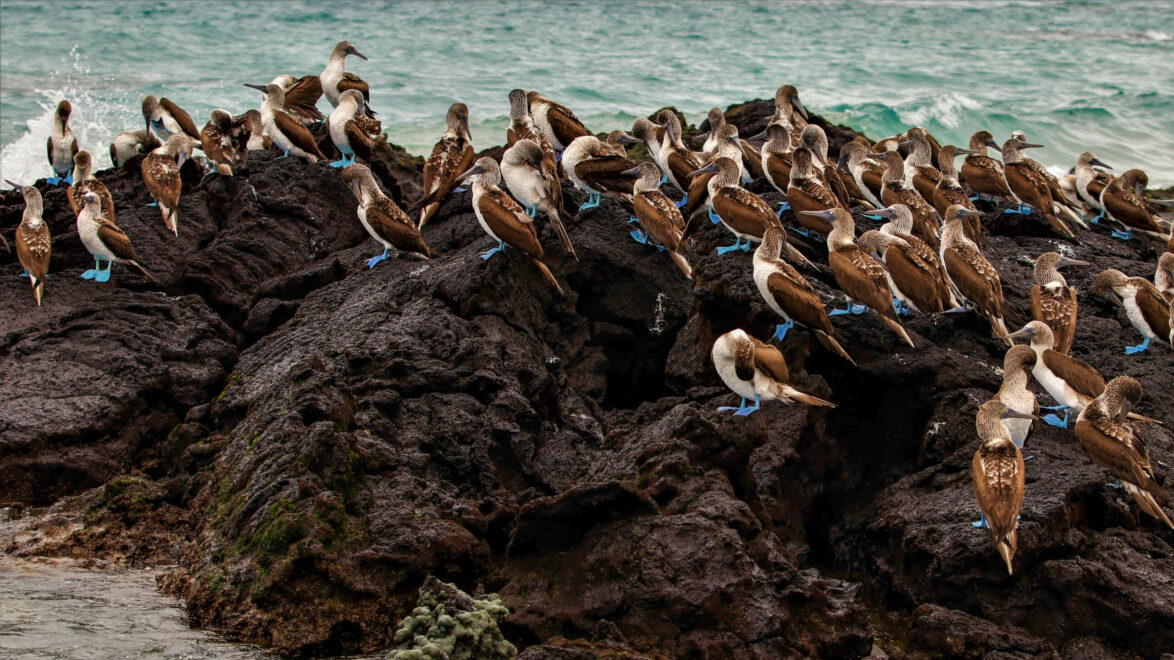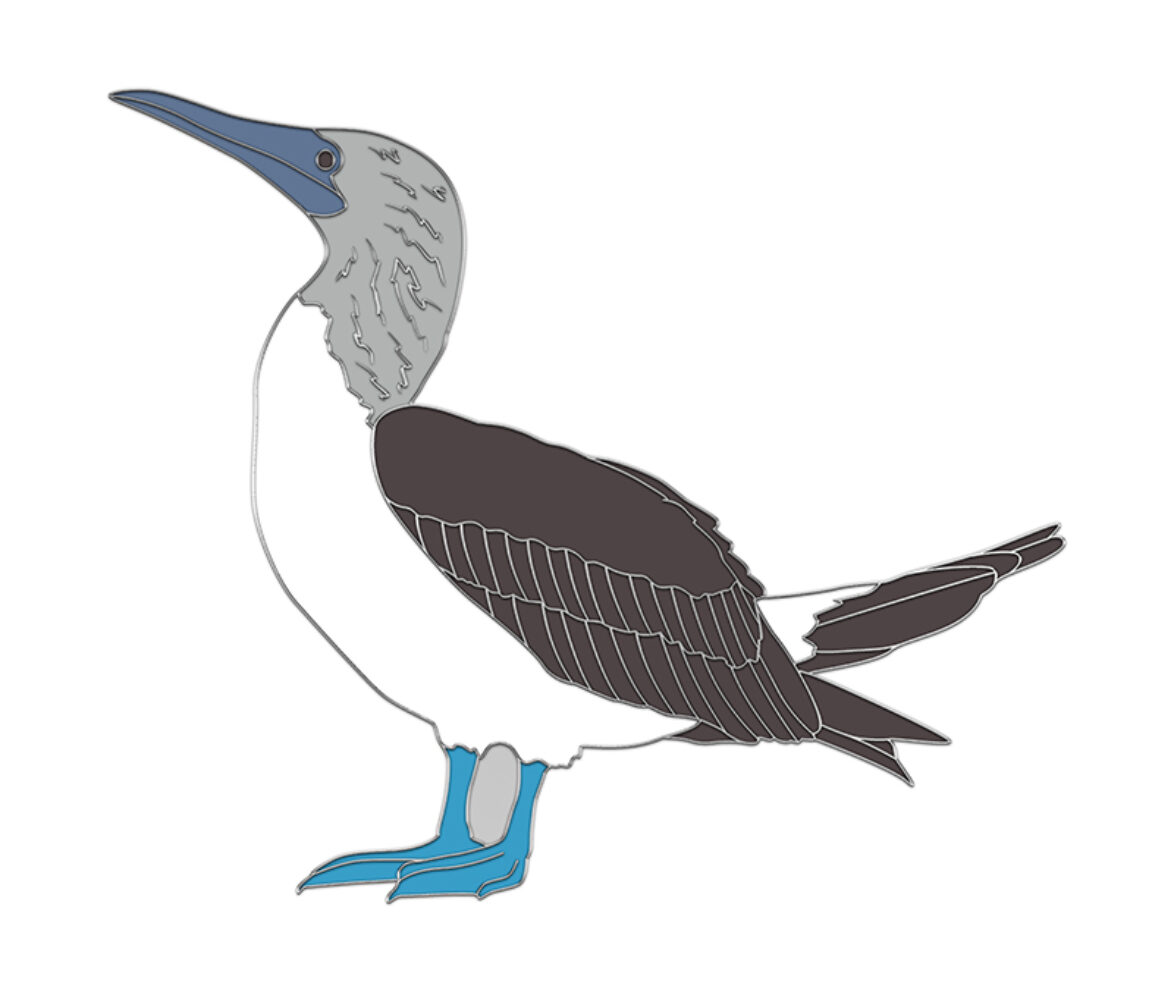
Understanding blue-footed booby population decline in Galapagos
The blue-footed booby is one of the most iconic birds in the Islands, but after locals noticed their population declining, a team set about trying to find out why.
Blue-footed boobies are one of six booby species in the genus Sula and primarily feed on sardines. Due to a carotenoid pigment obtained in their diet, they are easily recognised thanks to their blue feet, which they display through elaborate mating rituals.
This project was supported by GCT, Galapagos Conservancy and the Swiss Friends of Galapagos and saw Wake Forest University and Galapagos National Park involved as partners. It sought to respond to the lack of information on the population size of blue-footed boobies. In fact, early research was only able to identify two population colonies found on the islands of Daphne (“some 1,000 pairs”) and Española (“around 500-800 pairs”), offering limited data which potentially neglected populations elsewhere.

Responding to reports by locals who had noticed a remarkable reduction in blue-footed booby numbers, Professor Dave Anderson of Wake Forest University and David Anchundia, an Ecuadorian Master’s degree student, began a two-year study to produce some population benchmarks for the species. By recording demographic information such as the annual adult survival rate and reproductive success, the project has provided the parameters necessary to create a model that can estimate the population’s rate of change.
Another aspect of the project was to investigate foraging behaviour of breeding blue-footed boobies, another dimension where knowledge was limited. GPS units were used to produce detailed tracks of foraging blue-footed boobies, providing invaluable data regarding foraging hotspots and offering an understanding of variable foraging constraints and short-term reproductive success.
The project was completed in April 2014 and the latest research paper suggests that the decline in breeding activity is most likely tied to a simultaneous decline in clupeid fish, especially sardines. An aging booby population has potentially vast implications for biodiversity and ecotourism on the Islands. These findings highlight the need to maintain a healthy, sustainable marine environment when the risks of climate change continue to grow.

Blue-footed booby pin badge
Show your love for the iconic blue-footed baby with this beautifully detailed enamel pin badge. All proceeds go towards supporting our conservation work in Galapagos.
Related articles



